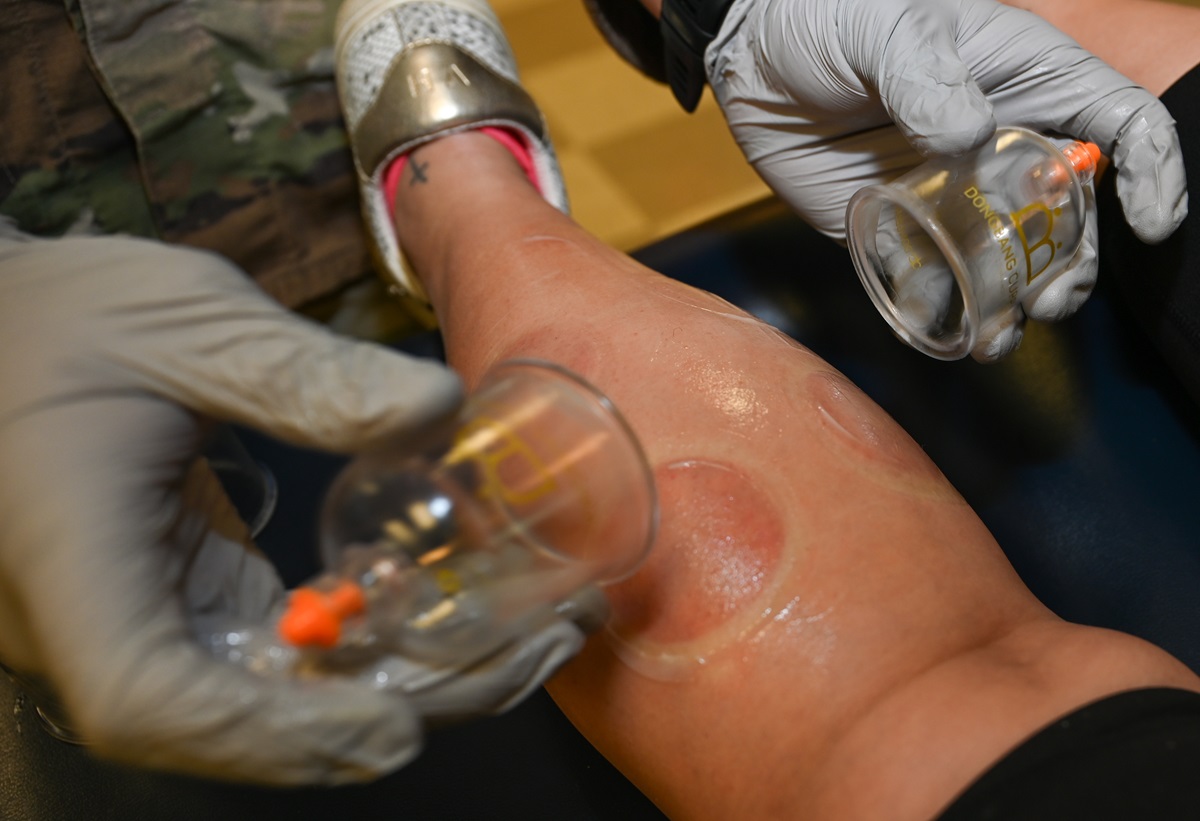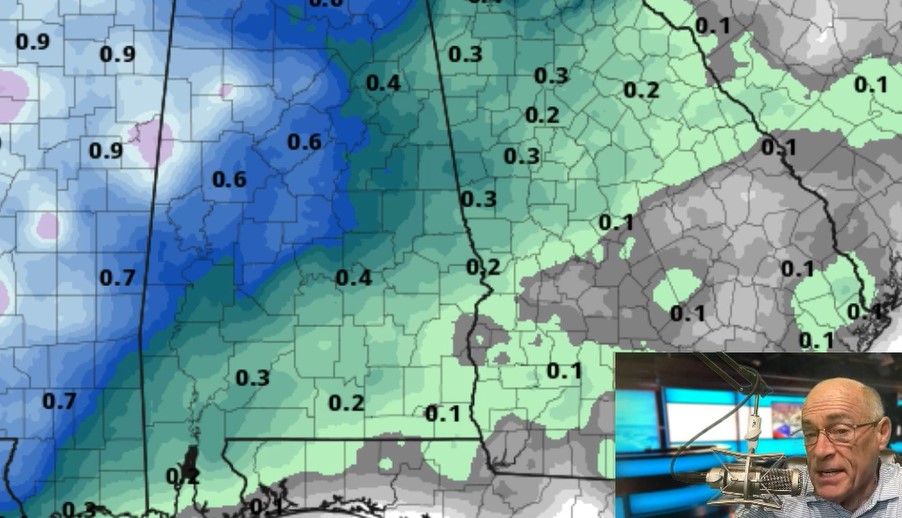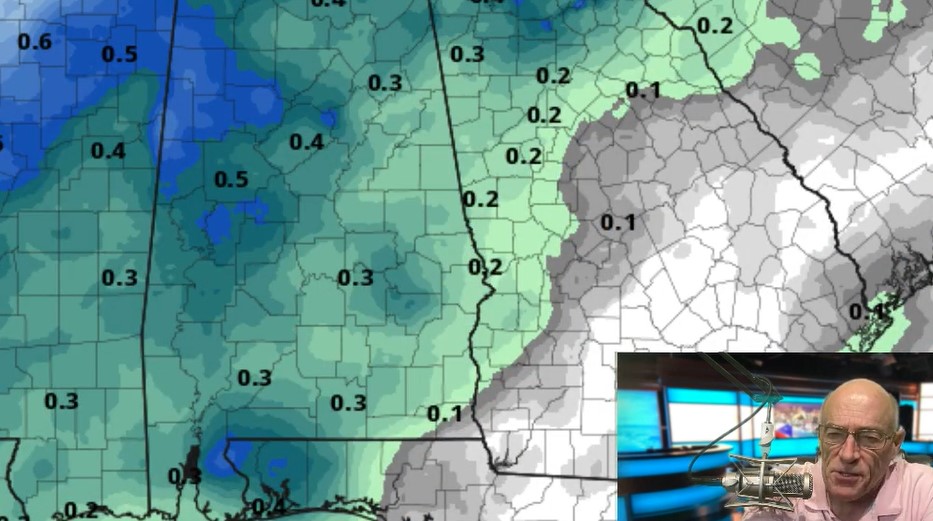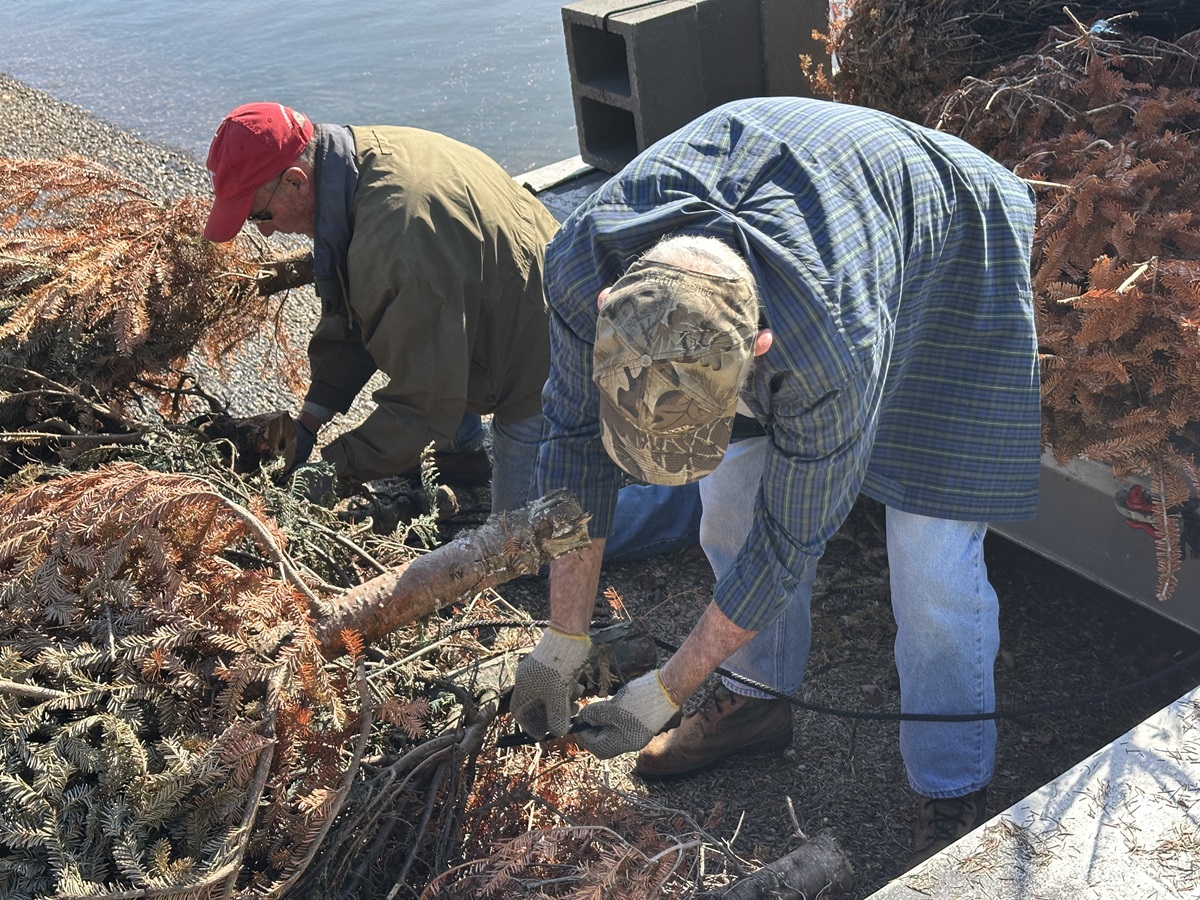Volunteers help turtles clear hurdles on Alabama’s Gulf Coast

An adult sea turtle on Alabama's Gulf Coast is the lucky 1 in 1,000 of its species that lives long enough to reach breeding age. (Share the Beach)
The sea turtles hatched on a dreary, rainy Sunday morning and the babies scattered all over the beach. Precious few from the nest made it to the Gulf of Mexico, where they belong.
Mike Reynolds watched the tragic scene play out and wanted to do something about it.
“I said, ‘There has to be a better way,’” Reynolds said. And he wasn’t alone.
“It started as a loose confederation of people on the beach who were aware that sea turtle hatchlings were getting run over in the road,” he said.
That was the genesis of Share the Beach, a nonprofit volunteer organization that operates through the Bon Secour National Wildlife Refuge. More than 350 people are volunteering to help as many sea turtle hatchlings as possible make it from the Alabama coastline to the Gulf to replenish the populations of three endangered and threatened species.
How Share the Beach is saving sea turtles on Alabama beaches from Alabama NewsCenter on Vimeo.
Getting permission to help
Volunteers arrive before daylight. Sometimes they go all day without seeing any sign of a turtle or its nest. Chandra Wright said it can make volunteers wonder sometimes why they do it. But once they see baby turtles hatch and crawl to the water, they wonder no more.
“It’s completely worth it when those babies hatch out,” Wright said. “It’s amazing. It’s one of those events that doesn’t ever get old.”
A little more than 15 years ago, after watching the hatchlings perish from the nest near his home in Gulf Shores, Reynolds spoke to Kelly Reetz, the naturalist at Gulf State Park.
“We decided we needed our own organization,” Reynolds said. “So I went to U.S. Fish and Wildlife and applied for a ‘take’ permit and got one.”
Loggerhead sea turtles, the most common sea turtle on the Alabama coast, and green sea turtles, a rare visitor to Alabama, are both listed as “threatened” species. Kemps Ridley sea turtles, a few of which nest in Alabama, are listed as “endangered.” It is illegal to disturb, injure or kill threatened or endangered species without a permit.
The take permit allows volunteers with Share the Beach to move nests to safer areas and handle eggs and hatchlings. From May 1 through the end of August, they patrol the beaches every morning looking for signs that a turtle has nested.
The unnatural enemy
Sea turtles have many natural predators on land and in the water. The storm surge from hurricanes or tropical storms destroys nests.
“That’s nature,” Reynolds said. “Sea turtles have been dealing with nature forever.”
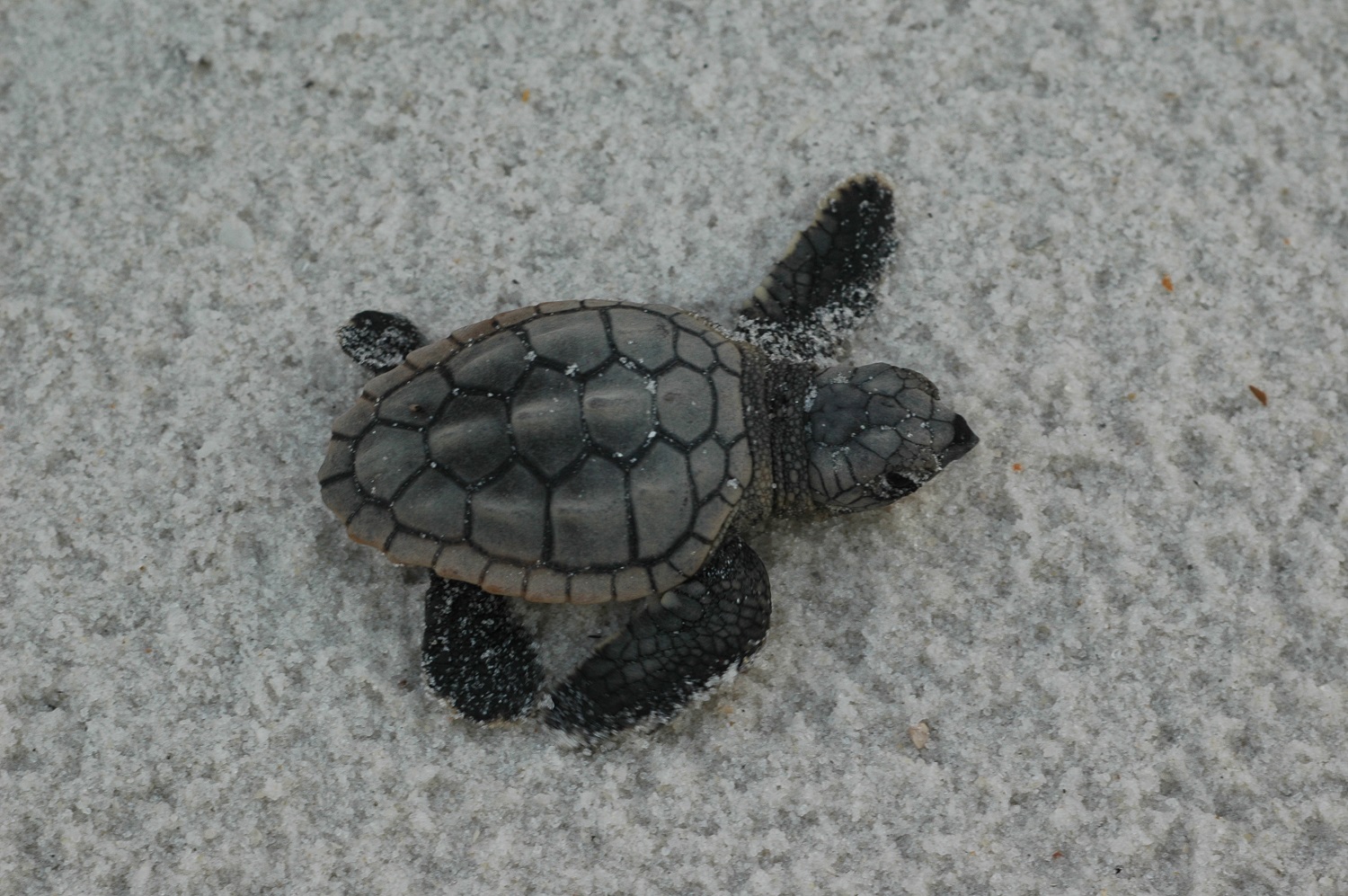
A baby sea turtle crawls across the sand on Alabama’s Gulf Coast. The volunteer group Share the Beach is working to give more of the species a chance to reach adulthood. (Share the Beach)
But a bigger enemy is artificial light along the beach. “We lost tens of thousands of hatchlings a year because of lights from parking lots, lights from condos, even from a kitchen light in a house,” Reynolds said.
Sea turtles need darkness to nest. The young instinctively head for light after hatching, and for much of history that meant heading for the water, since the reflection of the stars and moonlight makes the water brighter than the sand dunes or inland landscape.
Artificial light changes that. Female sea turtles get confused by light and sometimes don’t nest when they come ashore. Hatchlings that see artificial light go toward it and away from the Gulf. On land, the sea turtles are vulnerable to predators like coyotes, foxes, bobcats and dogs.
And if sea turtles manage to get properly oriented amid artificial lighting and make it to the water, the energy they’ve expended wandering around on land can prove fatal.
“Sea turtles have a finite amount of energy,” Reynolds said. “If they roam around the beach, they use up that energy.”
Mother Nature’s assistants
Sea turtle hatchlings try to make it to an area about 85 miles south in the Gulf of Mexico, where they will find sargassum, a type of seaweed. Once they find it, they will begin a two-year journey as the Gulf Stream pulls them around the tip of Florida to the Sargasso Sea. They will live there until they reach breeding age – about 25 years old.
Reynolds thought a group of dedicated volunteers could give Mother Nature an assist by helping more sea turtles reach the sea. He patterned Share the Beach after the U.S. Forest Service’s system for fighting wildfires, which allows one person to direct multiple teams.
Reynolds learned to handle nests, eggs and hatchlings from U.S. Fish and Wildlife employees. He divided the coast into eight areas, each with a leader trained by Reynolds. Those leaders then train their area volunteers.
Beginning May 1, teams will patrol each of the eight beaches at dawn. They will look for turtle tracks and drag marks in the sand that indicate a turtle came ashore. Volunteers will look for signs of the nests that are buried by the turtles. Any nests found will be marked by the volunteers for protection.
Volunteers cover the nests with a screen to prevent foxes, coyotes and dogs from digging up the eggs. The date and time of finding each nest is documented.
If turtle eggs are too close to the water, volunteers carefully follow U.S. Fish and Wildlife protocol for relocating the nest farther from the Gulf.
‘Every one is important’
Fifty-five days after locating a nest, volunteers begin nest-sitting. They use a stethoscope buried in the sand to listen for signs that turtles are hatching and digging toward the beach surface. Volunteers dig a shallow trench from the nest to the Gulf, and erect a silt screen fence on three sides of the nest to block artificial light and along the trench to funnel turtles to the water.
“We’re very successful at getting turtles out of the ground when we watch over a nest,” Reynolds said.
Considering there are only an estimated 47 nesting female sea turtles on Alabama’s coast, it’s a numbers game.
“They’re an endangered species,” Wright said. “It’s important to note that only one in 1,000 sea turtles that hatch survives to breeding age. So every one is important.”






